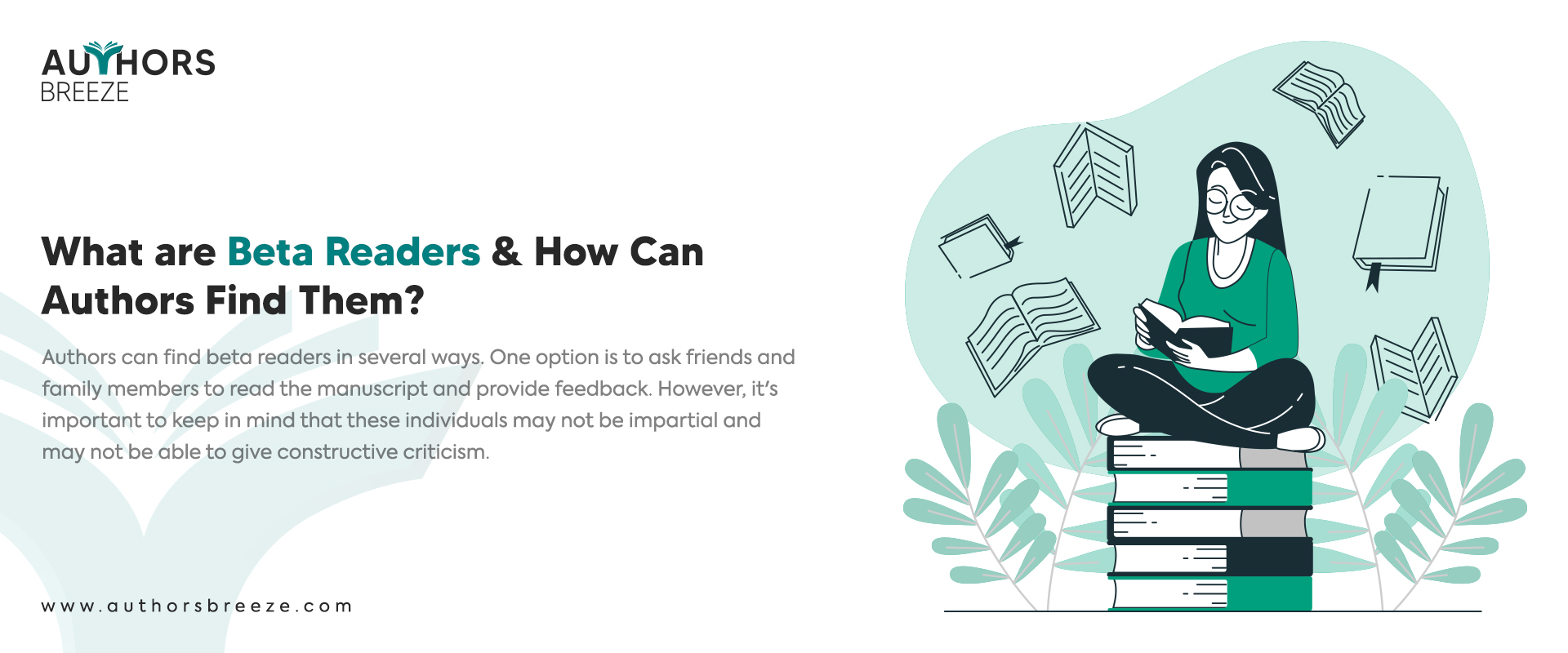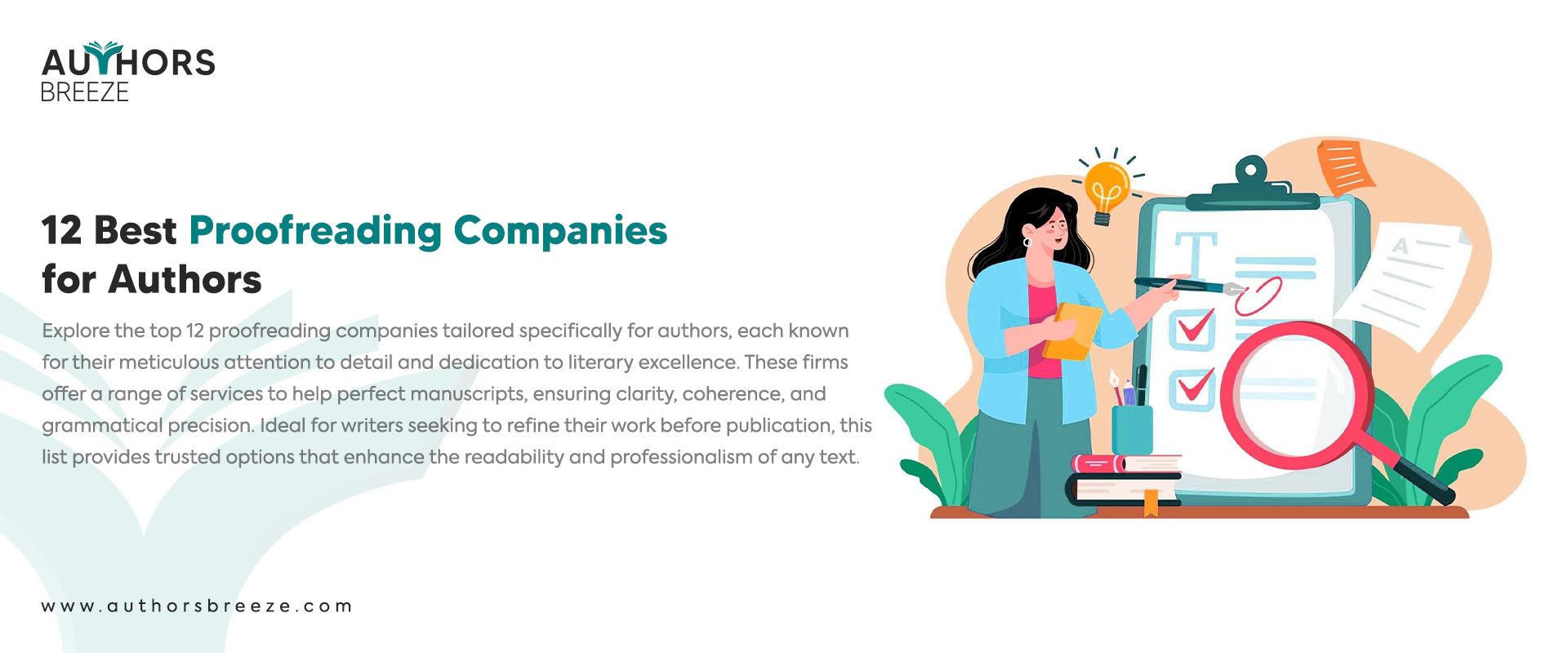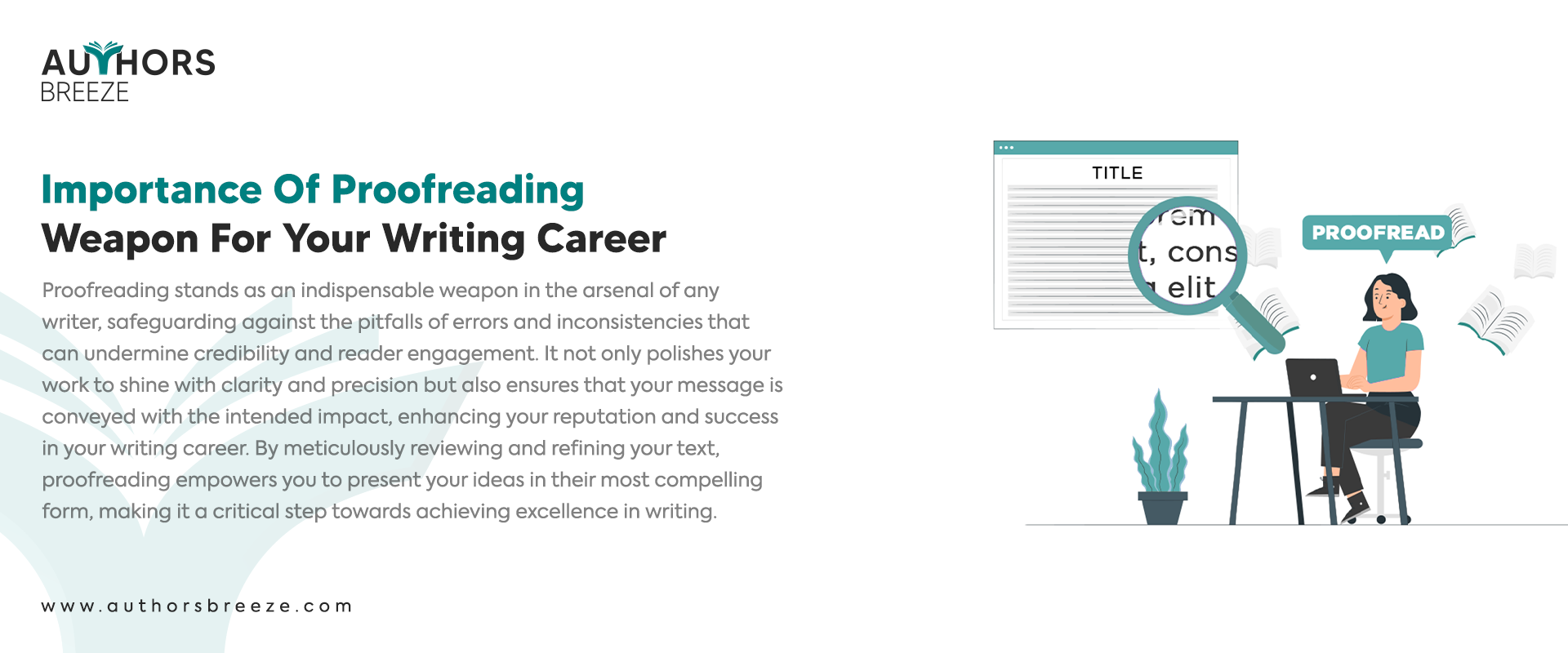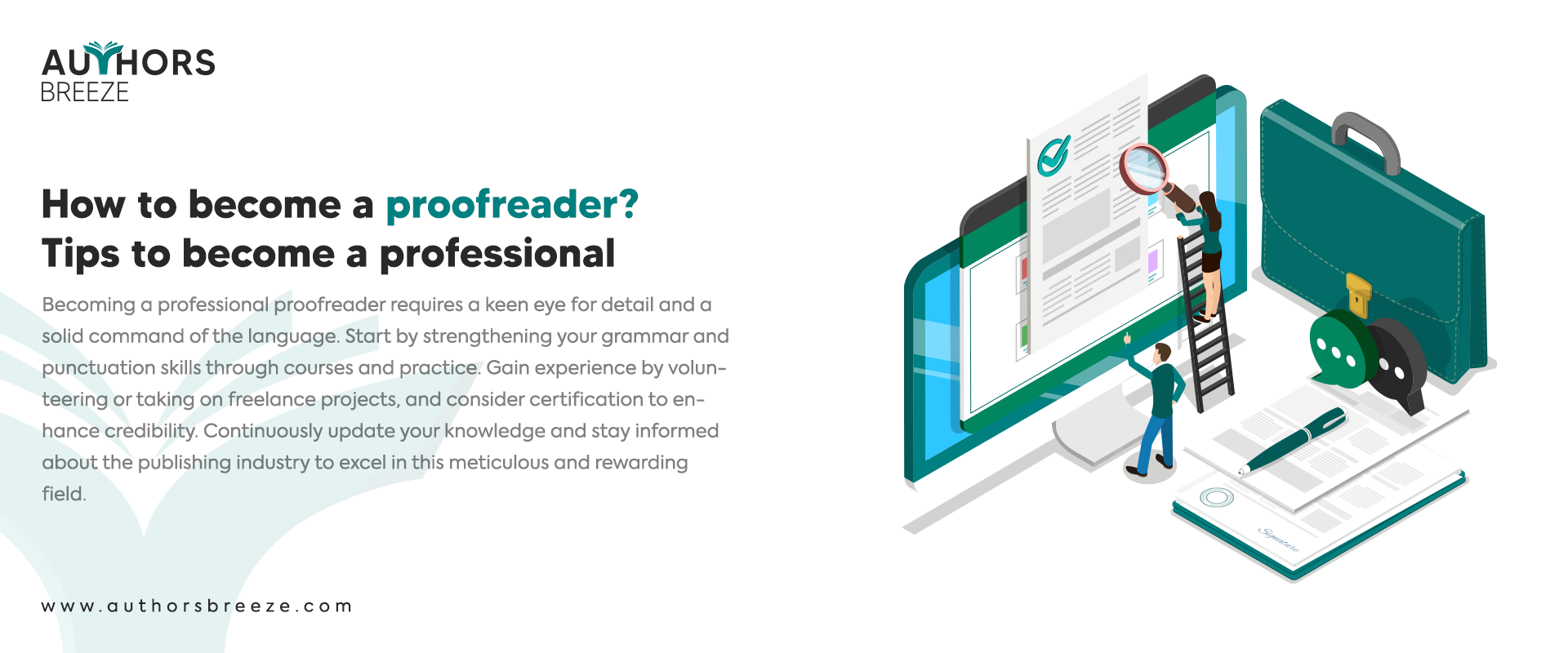Don’t Have Time to Read? Listen to this Article Instead!
Key Takeaways: What Are Beta Readers, And How Can Authors Find Them?
- Beta readers are a test audience who read and review your manuscript to help improve your literary work.
- They help identify plot holes, pacing issues, and character inconsistencies so you can craft a more engaging and polished book.
- You can find beta readers online, in writing communities, or through personal connections.
- They are not professional editors, but offer insights from the perspectives of readers.
- You can give clear guidelines to your beta reader in order to get useful feedback.
Expert Beta Readers, Honest Feedback
Not sure if your book is ready for readers? Our professional beta readers will provide the genuine, detailed feedback you need to refine your manuscript.
Introduction
As a writer, you devote everything you have to craft a perfect book. You invest your valuable time, energy, and money to complete that one book of your dreams. But as you write that very last word of your manuscript. Boom! You’re just left with a rough draft that has to be;
- Reviewed
- Edited
- Polished
However, for a rough and raw manuscript, you don’t look for expert book editors or professional proofreading services. Instead, you look out for beta readers. Yes, you read it right!
But why? Because it’s just your first draft, you only want to know how your target audience will perceive it. You might also want to know about any inconsistencies or plot holes in your book. That is where beta readers step in.
Now you might be thinking that:
What are beta readers? And how to find the right one?
Don’t think too much because we’ve already got all the answers in this blog post. So, continue reading to get all your queries answered.
What Are Beta Readers?
Beta readers are those who read your manuscript before you publish a book. They provide constructive feedback on the following elements of your book:
- Plot
- Characters
- Pacing
- Readability
Beta readers are not professionals but, they are the representatives of your targeted audience. They are the people who are willing to provide a fresh viewpoint to your draft. As a result, you will get to know what is suitable for your book and what is not.
Why Are Beta Readers Important?
Beta readers are important because they can provide you with insights that you are unable to see. They can help authors identify the following:
- Weak spots in the story
- Inconsistencies
- Potential confusion in the story
By working with a beta reader, authors can improve their writing and produce a polished and compelling manuscript that resonates with readers.
Characteristics of Beta Readers
Beta readers possess characteristics that make them an essential part of your book-writing journey. A great one has some of the following:
Attention to Detail
They give attention to every small detail in your manuscript before self-publishing the book. They look out for everything, such as plot holes, readability, and any sort of irregularities.
Honest Feedback
Beta readers have the guts to criticize your manuscript straight to your face. They tell you what works and what does not. Thus, you can say:
“They do not sugarcoat anything.”
Represent Target Audience
They read the manuscript from the perspective of your ideal reader. Then, they give you a clear point of view of your audience and how they will perceive your book.
Patient and Focused
They read every page and part of your book without any hurry and with keen focus. You will them extremely patient while reading.
Strong Communication Skills
They possess quality communication skills, conveying their feedback and ideas very thoughtfully and in a clear manner.
How Do I Find Beta Readers?
It is necessary to get beta readers in order to develop and refine your manuscript. However, finding the right one can be quite a challenging task. Thus, you may consider applying the following strategies to find your ideal beta reader in no time.
Search Them In Your Network
Try to search for potential beta readers within your network. Look out for people who share the same interests as yours. They can either be your;
- Friends and family
- Colleagues, or
- Members of writing communities and book clubs.
Look Out On Social Media Platforms
You can also find beta readers through:
- Facebook groups,
- Twitter threads, and
- Instagram communities.
Try using hashtags like #BetaReadersWanted to connect with readers in your genre.
Find Through Online Writing Communities
Online writing communities are ideal places to find beta readers. That is because they are made to help writers in their writing processes. There are various writing forums and critique groups where authors can find beta readers for their manuscripts and receive feedback. Some great places to look are;
- Absolute Write Water Cooler
- Goodreads Beta Reader Group
- Nathan Bransford’s Forum
Key Tip:
“Getting involved with writing communities will also be beneficial when marketing your book.”
Choose Beta Reading Services
Last but not least, you can also find beta readers through several services for authors. These services offer different levels of support and feedback, from essential critiques to comprehensive evaluations. Some popular beta reading services and websites include:
- Beta Readers
- Critique Circle
- Authors Breeze
Tips to Choose the Right Beta Reader
By following these tips, you can enhance the manuscript of your book and take it to higher altitudes.
- Firstly, work with 2 to 3 beta readers for diverse feedback on your manuscript.
- You must choose a beta reader who is familiar with your book’s genre.
- Find and look for readers who can provide honest feedback from the perspective of the target audience.
- Select beta readers who possess enough expertise and knowledge to provide detailed and constructive feedback.
- Make sure they are willing to provide day-to-day updates and can communicate openly.
- Lastly, must pick a beta reader who is true to you and is unafraid to provide critical feedback.
How Do You Work With A Beta Reader?
A beta reader can be a valuable resource for authors, giving clear perspectives and critical feedback on your manuscripts. However, working with a beta reader can be quite difficult, as authors must maintain a balance between accepting constructive criticism and defending their creative choices.
So, let’s acquire some unique approaches to make your collaboration easy with a beta reader.
Share Expectations and Guidelines
Before they start beta reading, let them know:
- When you need their feedback
- What kind of feedback do you expect
- If there are specific things you want them to focus on
Provide Necessary Tools and Materials
Give them the following:
- A digital copy of your manuscript
- A list of questions to guide their feedback while reading
- A way to communicate their thoughts
Understand and Utilize Feedback Wisely
Once you receive feedback from the beta reader:
- Look for common themes in their feedback.
- Decide which suggestions to implement.
- Remember, not all feedback is useful, so be selective.
Key Tip:
“Always thank your beta readers for their time and insights!”
Alpha Reader vs Beta Readers: The Difference Between The Two
An alpha reader is usually the first reader of a manuscript, often a trusted friend or critique partner. They focus on big-picture elements like plot holes, pacing, and overall story structure. Alpha readers are brought in during the early stages of writing, often before any major revisions take place.
A beta reader, on the other hand, reviews a more polished draft. They provide feedback on finer details such as character development, dialogue, clarity, and consistency. Beta readers act as a representation of the target audience, offering insights to help the writer refine the manuscript before final edits or publication.
Conclusion
Beta readers provide great help to writers who are willing to improve their books. They make sure your book connects with readers. They provide honest and helpful feedback on essential parts like the story, characters, pacing, and how easy your book is to read.
Hiring the right beta readers from Authors Breeze can make your books better and more enjoyable. It does not matter if you’re a new writer or have written many books. Our beta readers can give you a fresh perspective, helping you turn your draft into a polished and exciting story.
FAQs
How much do beta readers get paid?
Beta readers can be paid or unpaid. It depends on the arrangement. Some authors offer a small fee. But some get paid depending on their experience and the project's needs. Rates can range from $10 to $50 per book. On the other hand, a professional beta reader may charge more.
Should I pay beta readers for their services?
It depends on how you have found one. If you've found one from your circle, then don't pay them. It's not compulsory. However, you can gift them a signed copy of your published book as a token of appreciation. If you have found a beta reader through online services, you must pay them according to their price rates.
What qualifications do I need to be a beta reader?
You don't need formal qualifications. But you need strong reading skills, an understanding of storytelling, and the ability to give clear, honest feedback. Knowledge of a specific genre can also be helpful.
Where do people find beta readers?
Writers find beta readers through writing groups, online forums, social media, book-related websites, and beta reading services such as Authors Breeze. Popular platforms include Goodreads, Reddit, Facebook groups, and dedicated beta reading websites.
Can I use beta readers for all types of writing?
Yes, you can use them for all forms of writing, such as fiction, non-fiction, creative blog writing, academic papers, and technical manuals.
Refine Your Manuscript Today!
Looking for beta readers to read and polish your book? Hire our expert services and get it done in no time.






